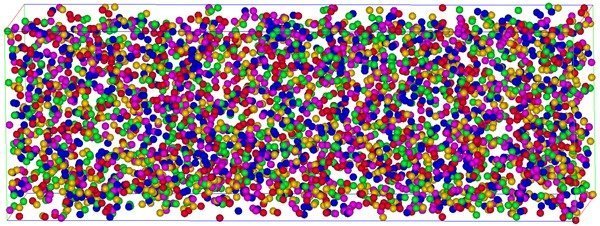Conference Paper
Hassel, A. W.; Lill, K. A.; Fushimi, K.; Seo, M.: Microelectrochemical Investigations of the Corrosion Behaviour of Ferritic FeAlCr Steels. In: Japan Society for Corrosion Engineering Materials and Environments. 2007 Spring Meeting of the Japan Society for Corrosion Engineering Materials and Environments, Tokyo, Japan, May 09, 2007 - May 11, 2007. (2007)


